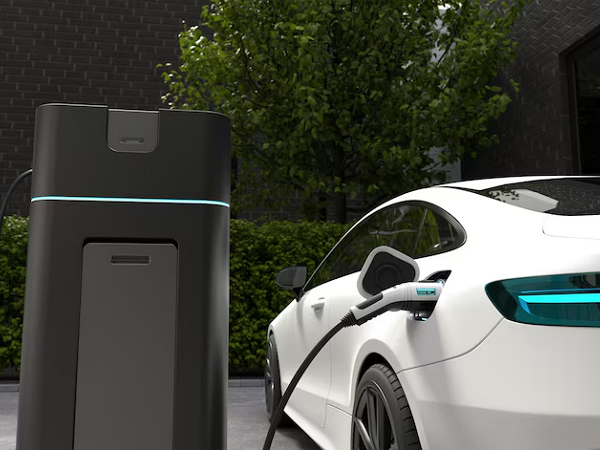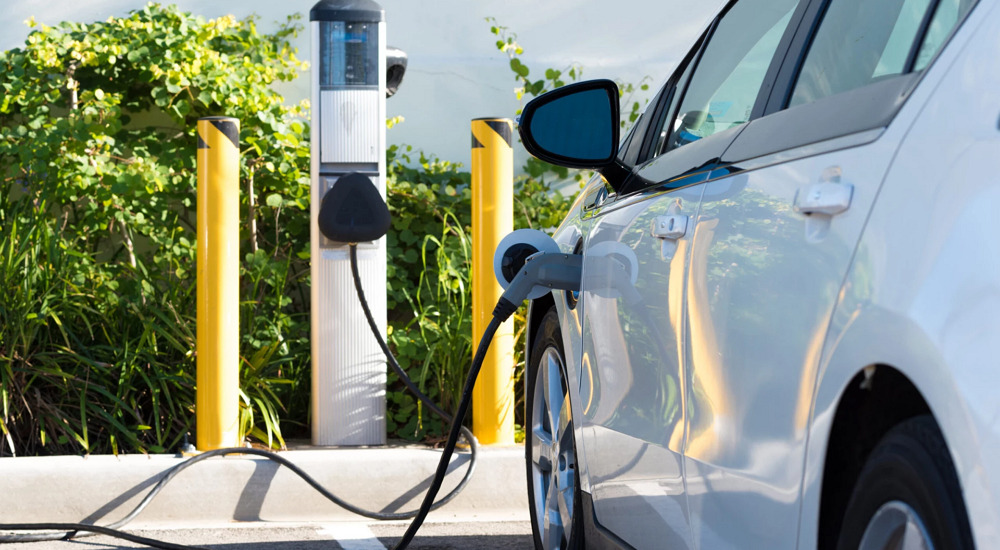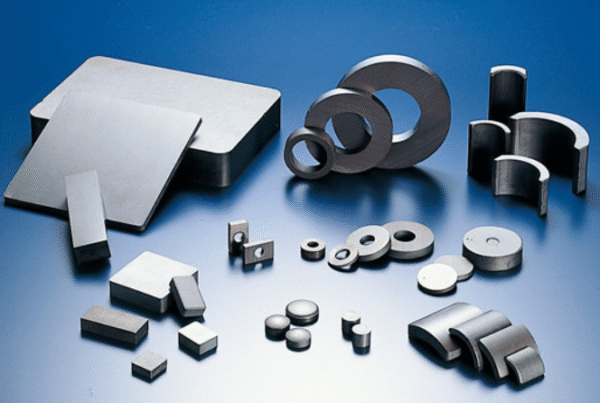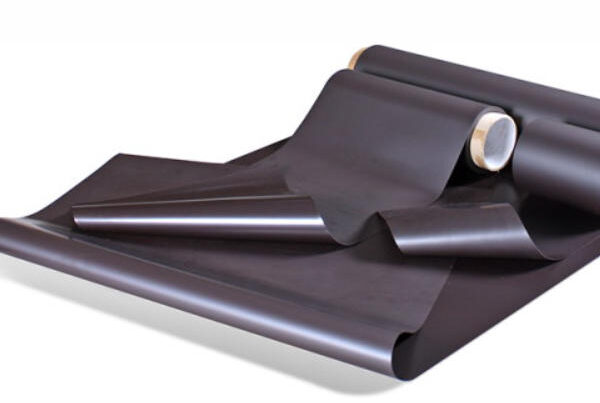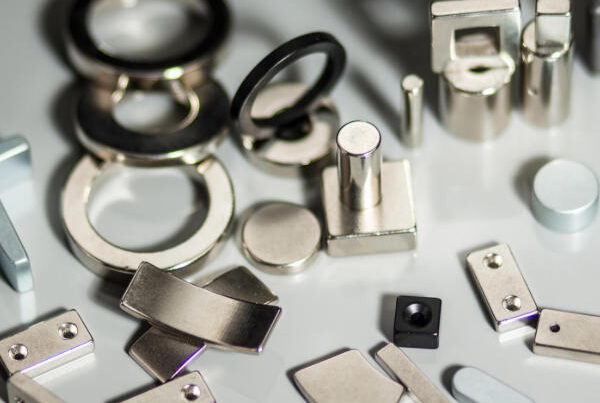Dans le contexte de la neutralité du carbone et des voyages verts, new energy vehicles are rapidly replacing traditional fuel vehicles to become the mainstream of the market. Improving the energy efficiency of new energy vehicle drive systems is the key to extending endurance, optimizing performance, and reducing energy consumption. Au cours des dernières années, a new type of magnetic material with excellent performance, nanocrystalline magnets, is playing an increasingly important role in new energy vehicle electric drive systems.
First of all, do you know what nanocrystalline magnets are?
Nanocrystalline magnets are a soft magnetic material composed of nanoscale grains (usually between 10-100 nanometers), commonly found in iron-based nanocrystalline alloys such as Finemet and Nanomet. This material has the following core properties:
- Extremely high magnetic permeability
- Extremely low iron loss (especially suitable for high-frequency environments)
- Excellent temperature stability and anti-saturation ability
- Good frequency response performance
It is these characteristics that make nanocrystalline magnets an ideal material for power electronic converters, inductors and high-frequency transformers in new energy vehicle drive systems.
Key applications of nanocrystalline magnets in new energy vehicle drive systems
- High-frequency transformers and inductors in motor drive control systems
The drive motors of new energy vehicles need to be provided with variable-frequency power by inverters, and the filters, high-frequency transformers and inductors in the inverters are the core application scenarios of nanocrystalline magnets.
Advantages:
Lower eddy current loss, improving system energy efficiency;
Reduced volume and weight, conducive to lightweight design;
High stability, adaptable to harsh vehicle environments.
- On-board chargers (OBC) and DC/DC converters
In OBC and DC/DC power conversion modules, nanocrystalline cores are widely used to build high-efficiency magnetic components to reduce energy loss during the conversion process.
Advantages:
Reduce heat generation and improve conversion efficiency;
Support higher operating frequencies and reduce the size of power modules;
Improve electromagnetic compatibility (EMC) and reduce interference.
- Magnetic bearings and position sensor systems in high-speed motors
Due to their high sensitivity and stable magnetic properties, nanocrystalline magnets are also used in magnetic bearings, motor Hall sensors and current sensors to improve the response speed and safety control accuracy of the system.
Tendances futures: Innovative prospects of nanocrystalline magnets in electric drive systems
With the growing demand for “high power density, miniaturization, and high frequency” in new energy vehicles, nanocrystalline magnet materials are also developing towards higher performance. Par exemple:
Developing nanocrystalline materials with higher saturation magnetic induction intensity;
Achieving thin-ribbon magnetic cores with lower losses;
Applying to high-frequency drive modules of silicon carbide (SiC) and gallium nitride (GaN) devices to further improve power conversion efficiency.
Conclusion
As a new type of magnetic material, nanocrystalline magnets are becoming a key driving force for improving efficiency and reducing energy consumption in new energy vehicle drive systems. From motor control to power conversion, it provides a solid magnetic foundation for lightweight, high-frequency and high-efficiency electric drive systems.


